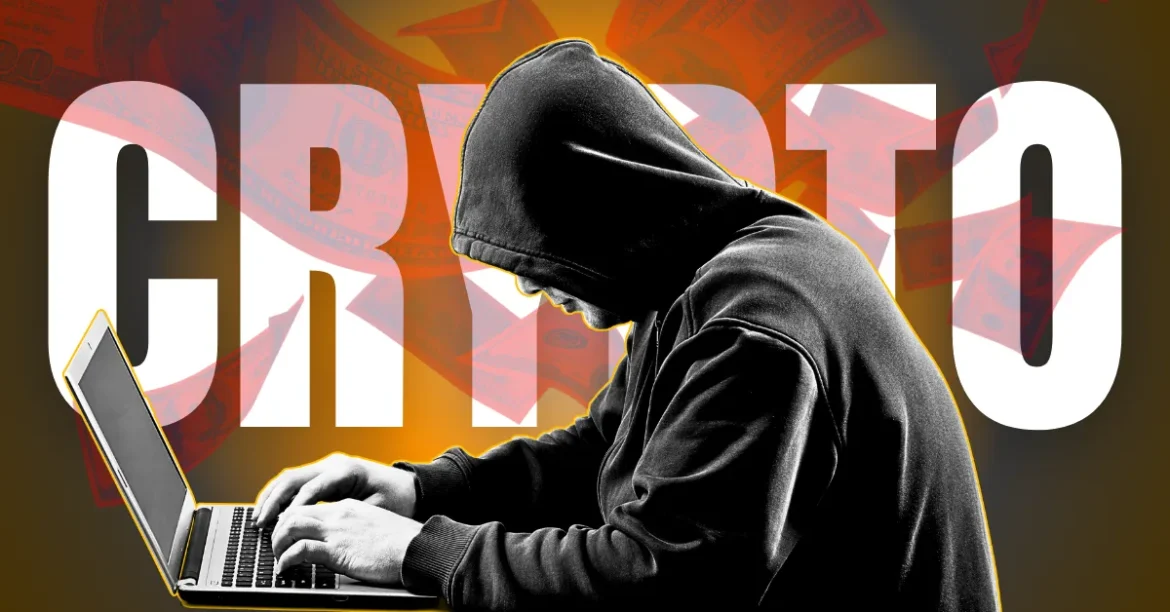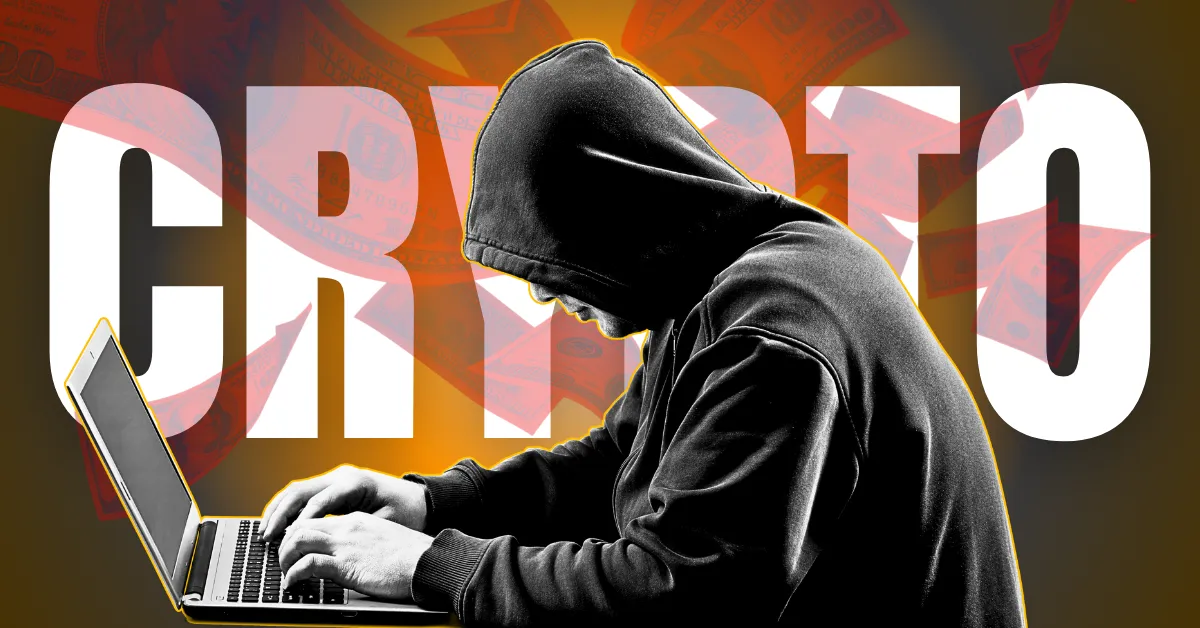CoinDCX: A Case Study in Crypto Exchange Security
Introduction: The $44.2 Million Breach
The cryptocurrency industry has long been a target for cybercriminals, and recent events have reinforced the need for stringent security measures. One of the most notable incidents in recent times involved CoinDCX, a leading cryptocurrency exchange in India. The platform suffered a significant breach, resulting in a loss of approximately $44.2 million. This event not only exposed vulnerabilities in the exchange’s security infrastructure but also highlighted the sophisticated tactics employed by hackers in the crypto space.
The breach was particularly concerning because the attacker initially used just 1 ETH from Tornado Cash—a privacy-focused tool designed to obscure transaction origins. This strategic move allowed the attacker to remain anonymous while executing the exploit. The incident underscores the importance of robust security protocols, real-time monitoring, and transparent communication in maintaining trust within the crypto ecosystem.
Unpacking the Attack: Initial Vectors and Exploitation
The breach at CoinDCX was traced back to a compromised internal account, raising critical questions about the exchange’s internal security practices. Internal accounts typically have elevated privileges, granting access to sensitive systems and wallets. If these accounts are not adequately secured, they become prime targets for attackers.
According to blockchain analyst ZachXBT, the attacker’s address was initially funded with 1 ETH from Tornado Cash, a tool known for its ability to anonymize transactions. This suggests a deliberate attempt to evade detection. Following the initial funding, the attacker bridged some of the stolen funds from the Solana blockchain to Ethereum, further complicating tracing efforts.
The use of Tornado Cash and cross-chain bridging indicates a highly sophisticated attacker with deep knowledge of blockchain technology and security loopholes. This level of planning suggests that the breach was not a random exploit but a well-coordinated attack designed to maximize anonymity and complicate recovery.
Immediate Response and Transparency: A Critical Analysis
The initial response to the breach was met with criticism due to CoinDCX’s delayed disclosure. While blockchain security firm Cyvers detected unusual activity, the exchange remained silent for an extended period. It was only after ZachXBT publicly highlighted the incident on Telegram that CoinDCX CEO Sumit Gupta acknowledged the breach.
Gupta reassured users that customer funds were safe and that the losses would be covered from the company’s treasury. The exchange also suspended trading in its Web3 section to prevent further exploitation. However, the delayed communication raised concerns about transparency, a critical factor in maintaining user trust.
In the crypto industry, where trust is fragile, timely and accurate communication is essential. A lack of transparency can lead to speculation, fear, and potential user migration to more trustworthy platforms. CoinDCX’s response, while ultimately reassuring, serves as a reminder that proactive communication is key in crisis management.
Security Measures and Incident Containment
CoinDCX reported that the breach was contained by isolating the compromised accounts and implementing additional security measures. While specific details about these measures remain scarce, they likely included enhanced monitoring, multi-factor authentication (MFA), and stricter access controls.
The fact that the exchange was able to contain the breach suggests that some security infrastructure was in place. However, the incident highlights the need for continuous improvement in security protocols. A thorough security review should be conducted to identify and address vulnerabilities in the exchange’s systems, processes, and codebase.
Impact and Repercussions: The Broader Implications
The CoinDCX breach has far-reaching implications for the cryptocurrency industry, both in India and globally.
Erosion of Trust
Security breaches erode confidence in crypto exchanges, making users hesitant to store assets on centralized platforms. The fear of potential losses can drive users toward decentralized alternatives or more secure exchanges.
Regulatory Scrutiny
Incidents like this often attract regulatory attention, potentially leading to stricter oversight and compliance requirements for crypto exchanges. Regulators may demand higher security standards, audits, and transparency measures to protect investors.
Increased Security Awareness
The breach serves as a wake-up call for other exchanges to prioritize security. It emphasizes the need for advanced security technologies, real-time monitoring, and proactive threat detection.
Impact on CoinDCX
While CoinDCX has assured users that customer funds are safe, the incident may still affect its reputation. Users may choose to migrate to exchanges perceived as more secure, leading to a potential loss of market share.
Lessons Learned and Future Security Strategies
The CoinDCX breach offers several critical lessons for crypto exchanges:
Prioritize Internal Account Security
Internal accounts with privileged access must be secured with strong passwords, multi-factor authentication, and regular security audits. Role-based access control (RBAC) should be implemented to limit unnecessary privileges.
Implement Robust Monitoring and Alerting Systems
Real-time monitoring of transactions and system activity is essential for detecting suspicious behavior. Exchanges should deploy AI-driven anomaly detection and automated alerting systems to respond swiftly to threats.
Enhance Incident Response Plans
Exchanges must have well-defined incident response plans that outline containment, investigation, communication, and recovery procedures. Regular drills should be conducted to ensure readiness.
Promote Transparency and Communication
Timely and accurate communication with users is crucial during a security breach. Exchanges should provide regular updates on investigations and recovery efforts to maintain trust.
Invest in Advanced Security Technologies
Exchanges should explore technologies such as multi-party computation (MPC), hardware security modules (HSMs), and blockchain analytics to enhance security.
Regular Security Audits and Penetration Testing
Conducting regular security audits and penetration testing helps identify vulnerabilities and assess the effectiveness of security controls.
Employee Training and Awareness
Employees should be educated on phishing attacks, social engineering, and other security threats. A culture of security awareness should be fostered throughout the organization.
The Road Ahead: Rebuilding Trust and Ensuring Security
The CoinDCX breach serves as a critical reminder of the challenges and risks associated with operating a crypto exchange. While the exchange has taken steps to contain the incident, rebuilding trust and ensuring long-term security will require sustained effort.
Moving forward, CoinDCX must prioritize transparency, strengthen its security infrastructure, and foster a culture of security awareness. Collaboration with regulators, industry peers, and cybersecurity experts will be essential in promoting a more secure crypto ecosystem.
Conclusion: Security as a Continuous Journey
The CoinDCX breach is a pivotal moment for the cryptocurrency industry, reinforcing that security is not a one-time achievement but an ongoing process. As attackers evolve their tactics, exchanges must remain vigilant, adaptable, and proactive in their defenses. The incident underscores the delicate balance between offense and defense in the digital world, where complacency can lead to catastrophic consequences.
For CoinDCX and the broader crypto community, the path forward involves continuous improvement, innovation, and collaboration. By learning from this breach and implementing stronger security measures, the industry can build a more resilient and trustworthy ecosystem for the future.





